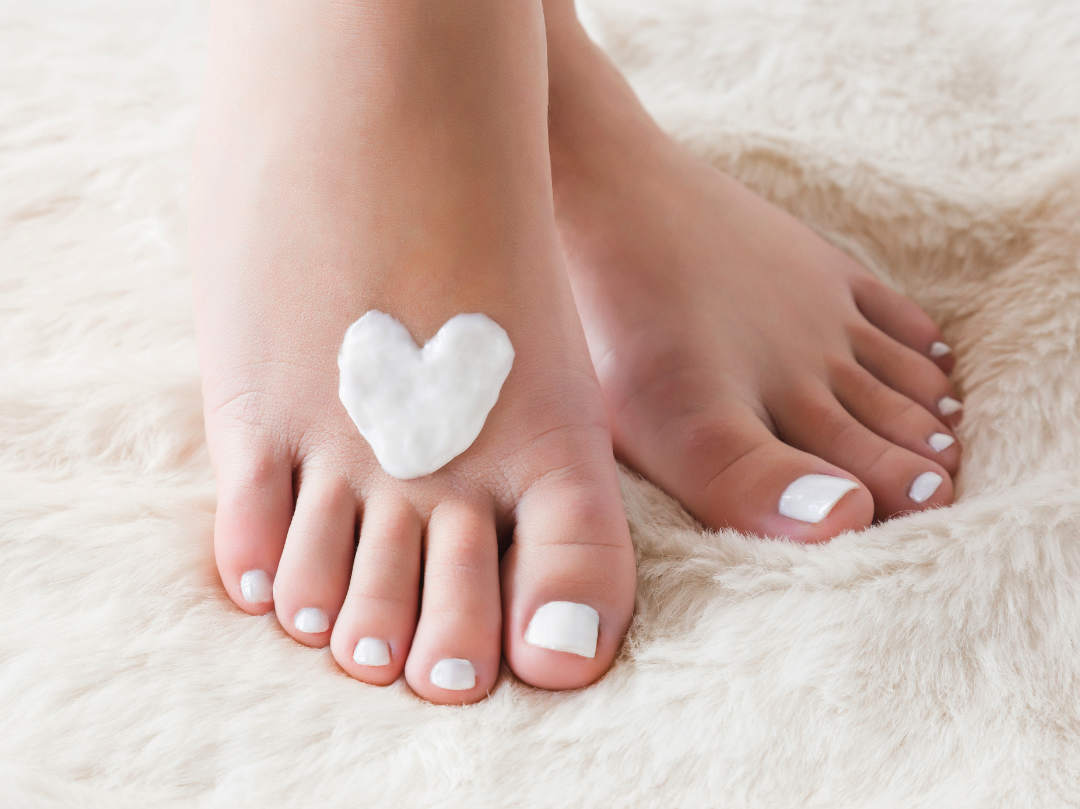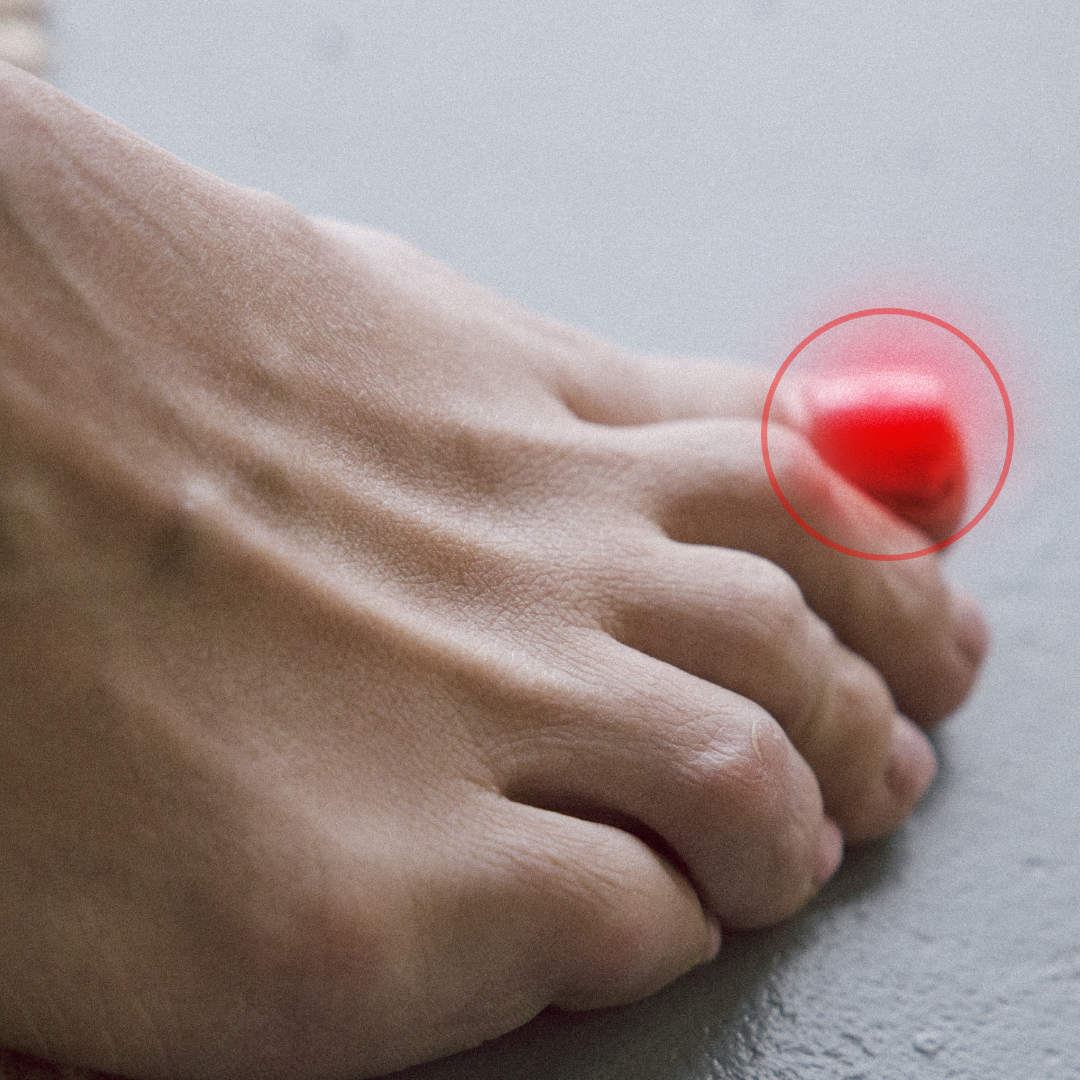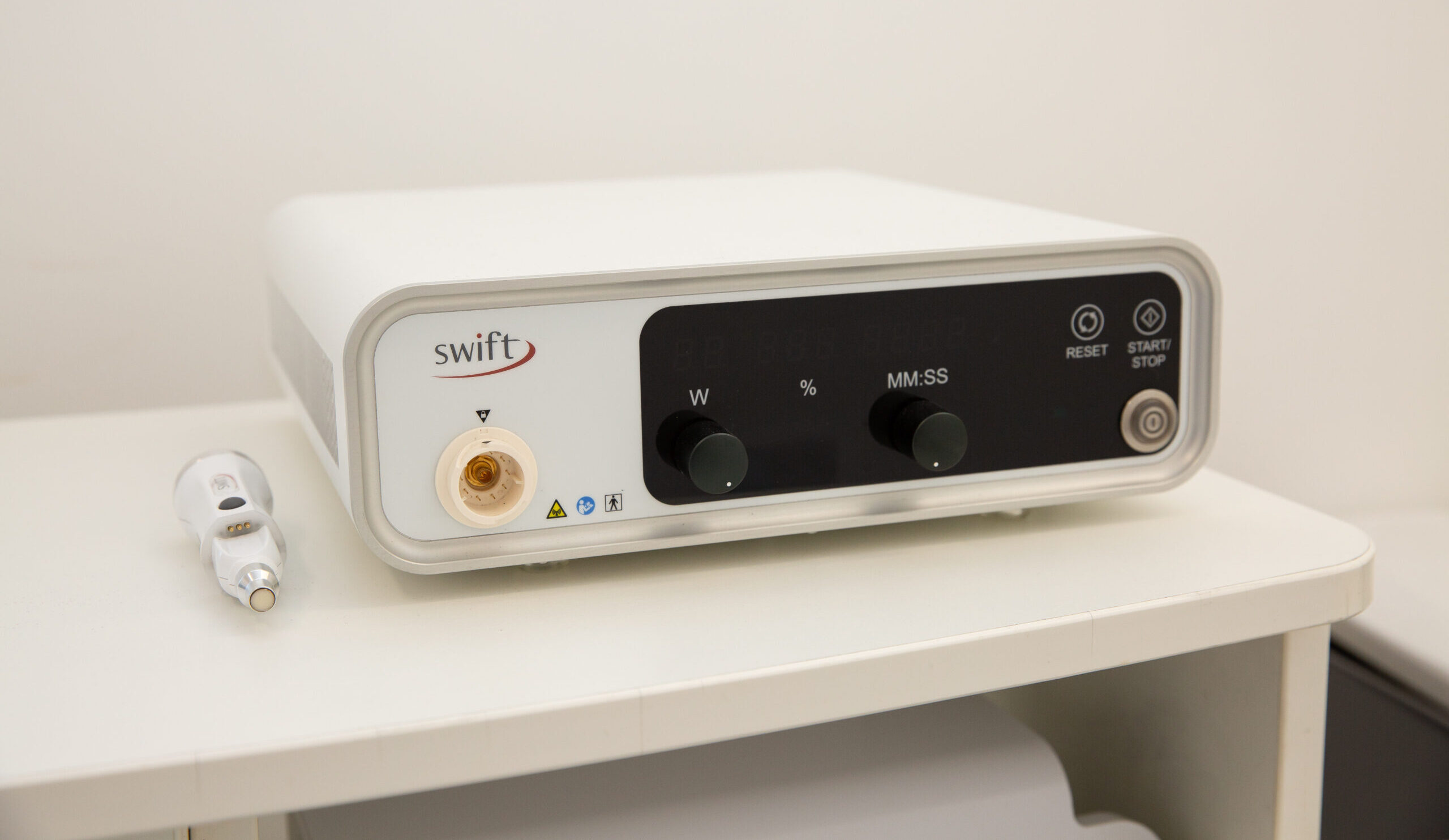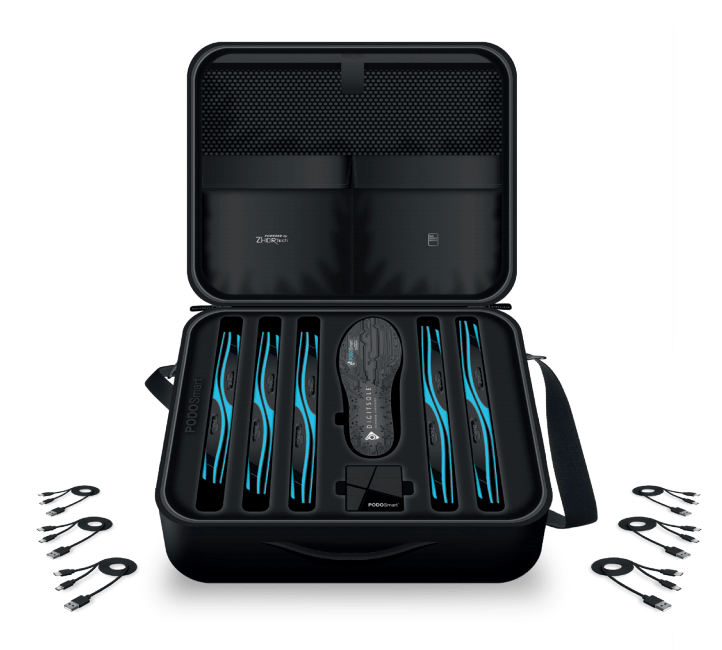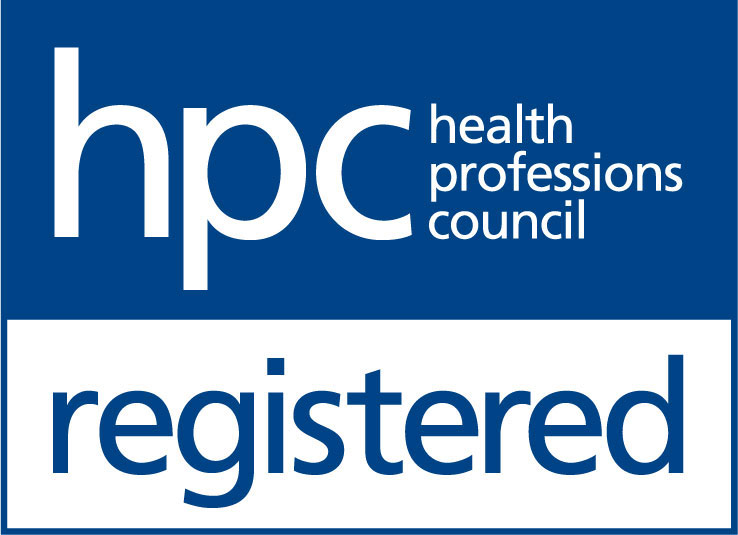![Feet with love heart cream]() Learn more
Learn moreLove Your Feet This Valentines Day!
February is the month of love and this year, why not make this month all about yourself. Don’t forget to…
![4 Top Tips For Your Podiatry Health and Fitness Goals This New Year]() Learn more
Learn more4 Top Tips For Your Podiatry Health and Fitness Goals This New Year
It’s that time of the year again! What’s your new year’s resolution? So many of us set goals to improve…
![toenail fungus treatment]() Learn more
Learn moreToenail Fungus Treatment and Fungal Nail
Toenail fungus is an infection that works its way through any cuts in the skin or cracks in the toenail.…
![Get Swift Verruca Treatment at Podiatry Station]() Learn more
Learn moreGet Swift Verruca Treatment at Podiatry Station
We Now Offer Swift Verruca Treatment at Podiatry Station At Podiatry Station, we are always introducing the latest treatments for…
![phone or video consultation]() Learn more
Learn morePhone and Video Consultations
As we are all restricted to work remotely for now, Podiatry Station are now offering phone and video consultations. We…
![clinisept]() Learn more
Learn moreClinical Health Technologies Official Statement on Coronavirus
For those of our customers who have been asking, we are still able to supply Clinisept+. Find out more about…
![Introducing PodoSmart – Gait Analysis using Artificial Intelligence]() Learn more
Learn moreIntroducing PodoSmart – Gait Analysis using Artificial Intelligence
Gait Analysis Gait Analysis has long been used for runners and athletes, but it is now commonly used for everyone…

Want to talk to us?
Whether you’re a new or existing patient, our warm and friendly team would love to hear from you, answer your questions and give advice.
Opening Times
- Monday to Friday: 9am - 6pm
- Saturday: 10am - 6pm
- Sunday: Closed




